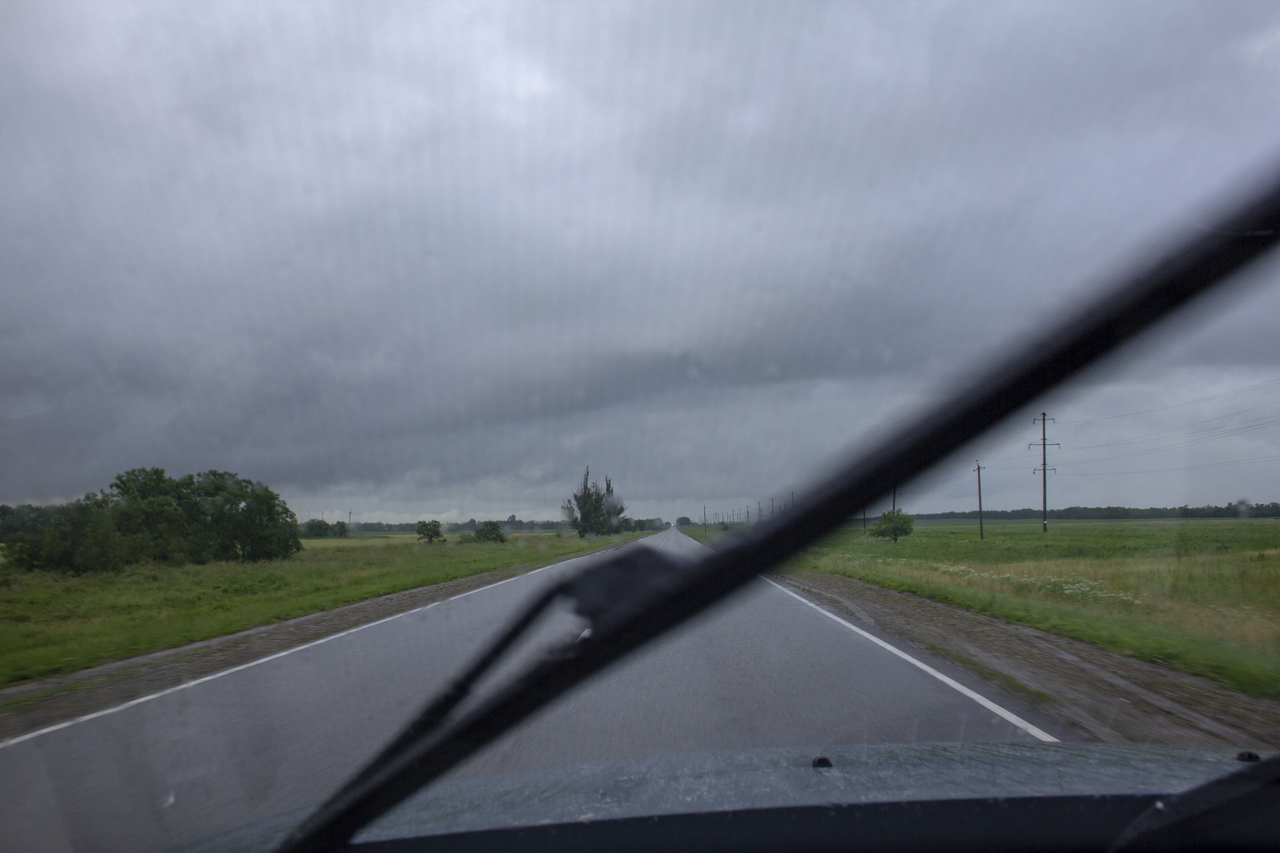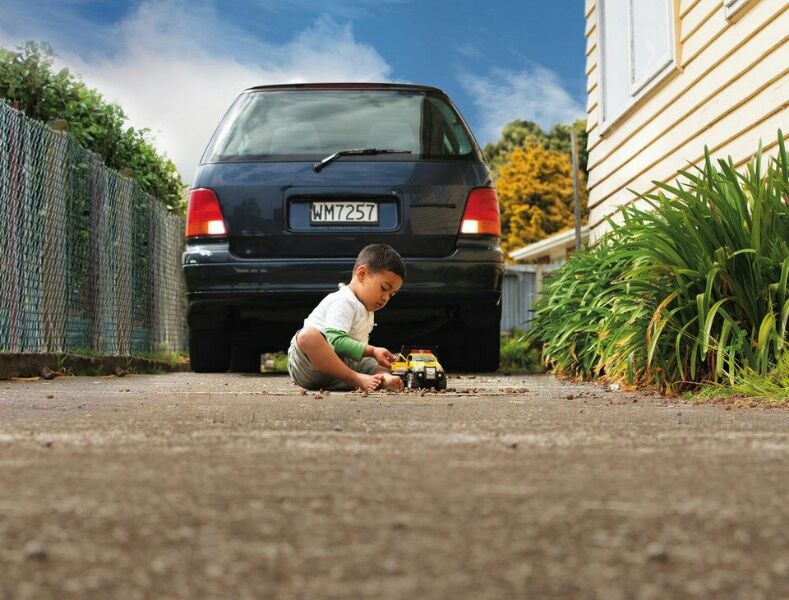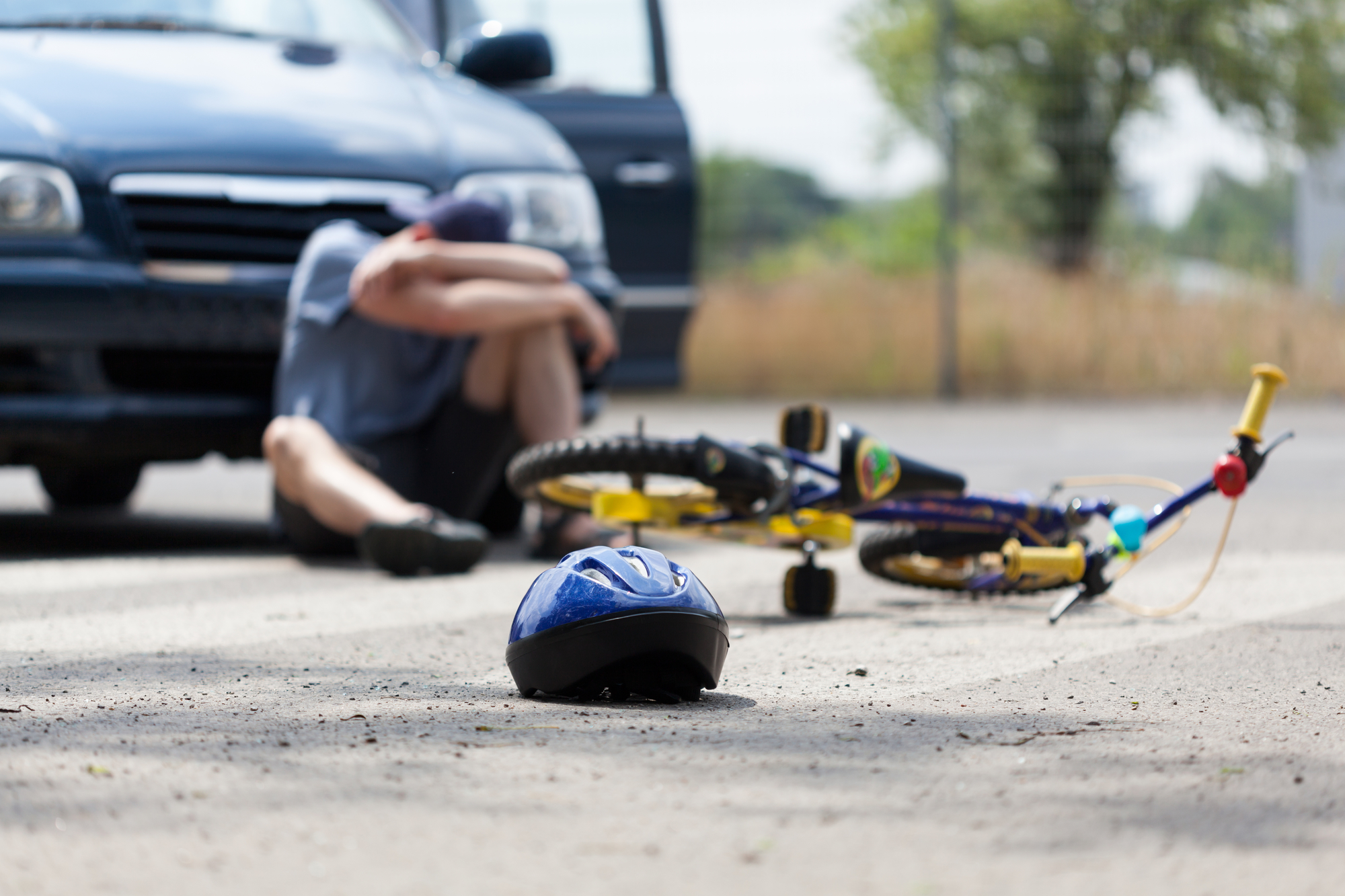10 safety tips for driving in the wind
Strong windy conditions create dangerous driving conditions, particularly if accompanied by hail or rain.
To help keep you safe, we have created a list of tips to help keep you safe should you find yourself driving in windy conditions.

Always check the weather forecast before embarking on a long trip as they may issue a warning relating to high winds or stormy conditions along your journey.
- Keep your windows closed as drag can hamper your progress while allowing debris, dust, and other objects into the vehicle as these will affect safety and visibility.
- Reduce your speed and be alert as you may need to stop unexpectedly.
- Keep an eye out for uprooted trees/branches, and debris that may have been blown onto the road.
- Keep an eye out for people, cyclists, motorcyclists, and children who may be hurriedly seeking shelter.
- Be prepared for people and animals who cannot hear your horn in these types of conditions.
- If you are carrying cargo, make sure it is securely tied down.
- Keep your distance to allow other motorists the time and space to avoid obstacles on the road.
- Turn on your headlights to intensify your visibility as well as to increase the chances of other motorists seeing you.
- Heavy wind can make it difficult to handle and steer a vehicle, so it is a good idea to keep your hands on the wheel at all times.
- Be aware of large cargo vehicles, buses, and vehicle towing trailers as there are vulnerable to losing control or tipping over in high winds.

Remember that the best safety feature at your disposal is your own sense of safety. If you don’t feel confident driving in windy conditions, pull over as soon as you can and wait for the wind to die down.



